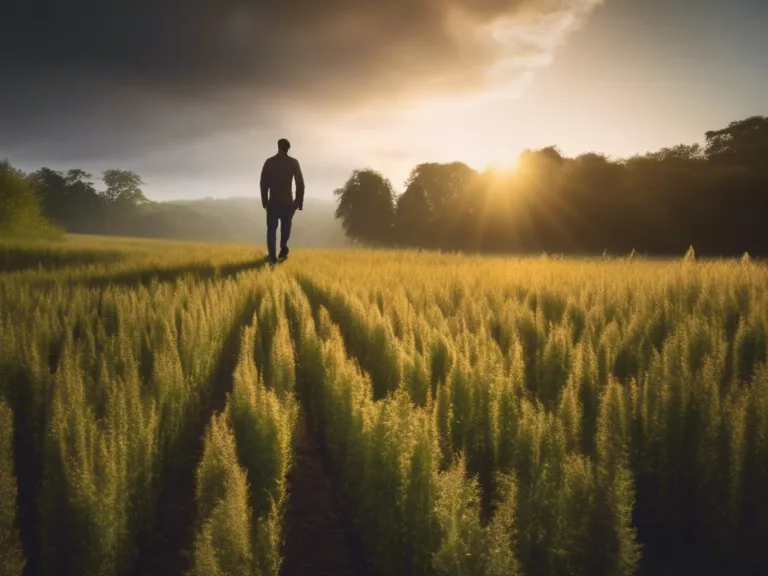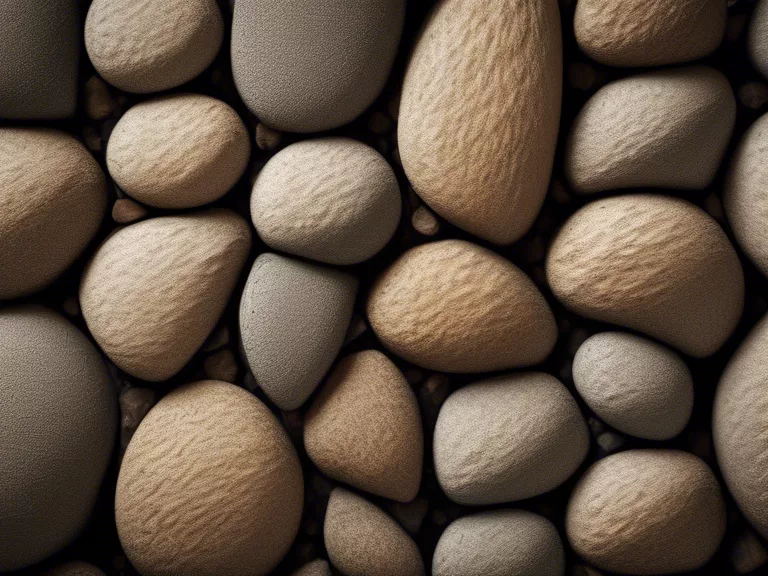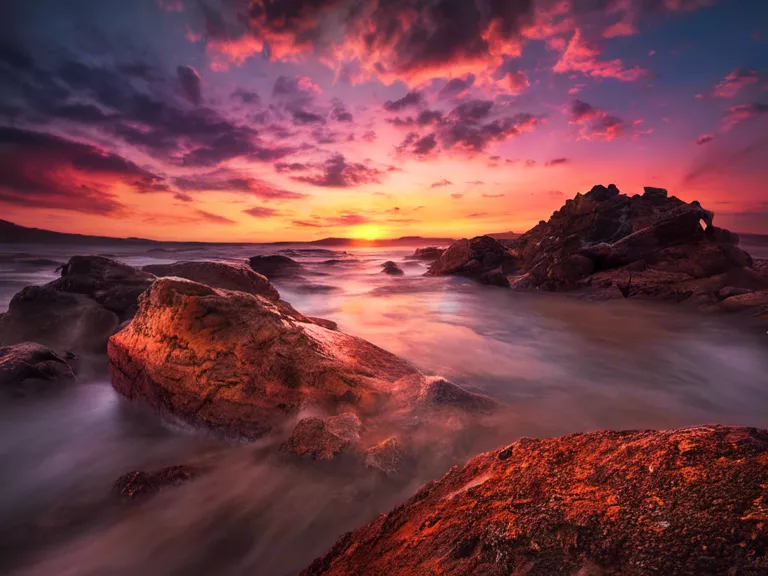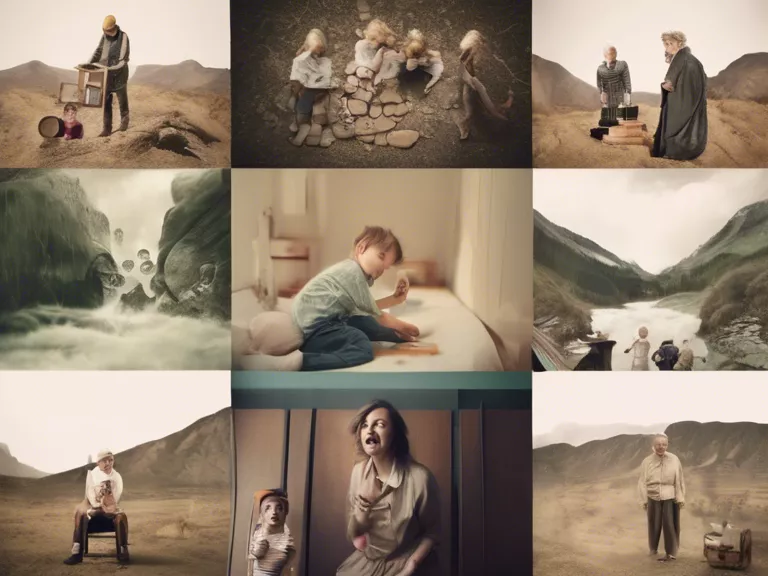
In photography, lighting plays a crucial role in determining the quality of your images. While ideal lighting conditions can result in stunning photos, shooting in harsh or overexposed lighting can present challenges. However, with the right techniques and tools, you can still capture great photos even in less-than-perfect lighting situations.
One of the key strategies for shooting in harsh lighting is to utilize diffusers or reflectors. Diffusers can soften the harsh sunlight, reducing harsh shadows and creating a more pleasing light on your subject. Reflectors, on the other hand, can bounce light back onto your subject, filling in shadows and creating a more balanced exposure.
Another technique is to adjust your camera settings to compensate for the harsh lighting. For example, you can increase your shutter speed to reduce the amount of light entering the camera, or adjust your aperture to control the depth of field. Additionally, using a lower ISO can help prevent overexposure in bright lighting conditions.
When shooting in overexposed lighting, it's important to pay attention to your composition. Look for areas of shade or use natural objects to create interesting shadows and contrast in your photos. You can also experiment with shooting from different angles or using a lens hood to minimize lens flare.
Post-processing can also be a helpful tool when dealing with harsh or overexposed lighting. Editing software like Adobe Lightroom or Photoshop can help you adjust exposure, contrast, and color balance to salvage photos taken in challenging lighting conditions.
By using diffusers, reflectors, adjusting camera settings, paying attention to composition, and utilizing post-processing tools, you can shoot great photos even in harsh or overexposed lighting situations.


